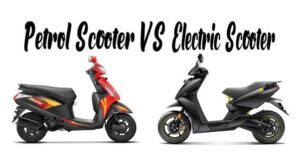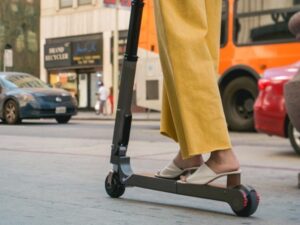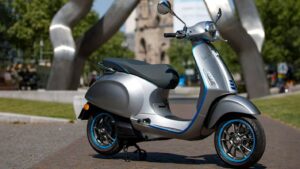As cities globally grapple with traffic congestion, environmental concerns, and the need for sustainable transportation options, electric micro-mobility has emerged as a transformative force.
These compact, electric-powered vehicles are reshaping urban transportation, offering a convenient and eco-friendly alternative to traditional modes of commuting.
In this article, we will explore the features and benefits that make electric micro-mobility a driving force in the evolution of urban landscapes.
Defining Electric Micro-Mobility:
Electric micro-mobility encompasses a diverse range of compact, electric-powered vehicles designed for short-distance travel.
This category includes electric scooters, bikes, skateboards, and other innovative devices tailored for individual or shared use.
Fueled by electric power, these micro-mobility solutions aim to address the challenges of last-mile connectivity, reduce traffic congestion, and promote a sustainable urban environment.
Last-Mile Connectivity and Reduced Congestion:
One of the primary advantages of electric micro-mobility is its role in enhancing last-mile connectivity.
As individuals seek efficient ways to navigate from transportation hubs to their final destinations, electric scooters, bikes, and other compact devices provide a quick and accessible solution.
By reducing the reliance on personal vehicles for short trips, micro-mobility contributes to decreased traffic congestion, offering a more streamlined and eco-friendly urban transportation system.
Eco-Friendly Commuting:
Electric micro-mobility is inherently aligned with sustainability goals. By leveraging electric power, these vehicles produce zero emissions during operation, contributing to reduced air pollution and a smaller carbon footprint.
As cities strive to meet environmental targets and combat the impacts of climate change, the eco-friendly nature of electric micro-mobility positions it as a crucial component of a cleaner and greener urban future.
Accessibility and Affordability:
The accessibility and affordability of electric micro-mobility make it an attractive option for a broad spectrum of urban dwellers.
With the advent of shared mobility services, individuals can easily access electric scooters or bikes through smartphone apps, making them a convenient and cost-effective alternative to traditional transportation modes.
This accessibility fosters inclusivity and ensures that a diverse range of individuals can benefit from these innovative solutions.
Technology Integration and Innovation:
Electric micro-mobility is not merely about compact design; it is a hub of technological innovation. Smart connectivity features, GPS tracking, and efficient battery management systems are becoming standard in these devices.
The integration of technology not only enhances the user experience but also allows for better fleet management by service providers, contributing to the overall efficiency of micro-mobility systems.
Challenges and Future Outlook:
While electric micro-mobility holds great promise, challenges such as infrastructure development, safety concerns, and regulatory frameworks need to be addressed.
As cities adapt to accommodate these new forms of transportation, the future outlook for electric micro-mobility is optimistic.
Ongoing developments in battery technology, improved safety features, and collaborative efforts between governments and industry stakeholders are paving the way for a more widespread and seamlessly integrated micro-mobility ecosystem.
Conclusion
Electric micro-mobility is not just a trend; it is a fundamental shift in how we envision and experience urban transportation.
By offering a sustainable, efficient, and accessible solution to the challenges of modern commuting, electric micro-mobility is contributing to the creation of smarter, greener, and more livable cities.
As these innovative vehicles become an integral part of urban landscapes, they signify a progressive step towards a future where sustainable and efficient mobility is at the forefront of urban planning.



